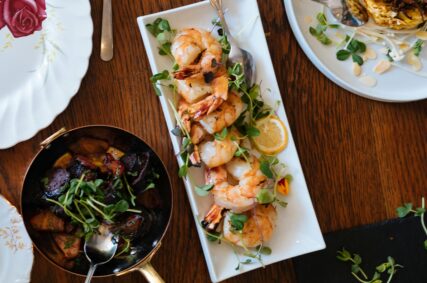Artificial intelligence (AI) is progressively reshaping the landscape of restaurant marketing, offering innovative ways for eateries to engage with patrons and optimise their operations. By leveraging AI, restaurants are able to harness the power of data analytics to craft personalised marketing strategies that resonate deeply with customers. This sophisticated approach to marketing enables restaurants to predict consumer behaviour, tailor menu recommendations, and even manage their inventory more efficiently.










